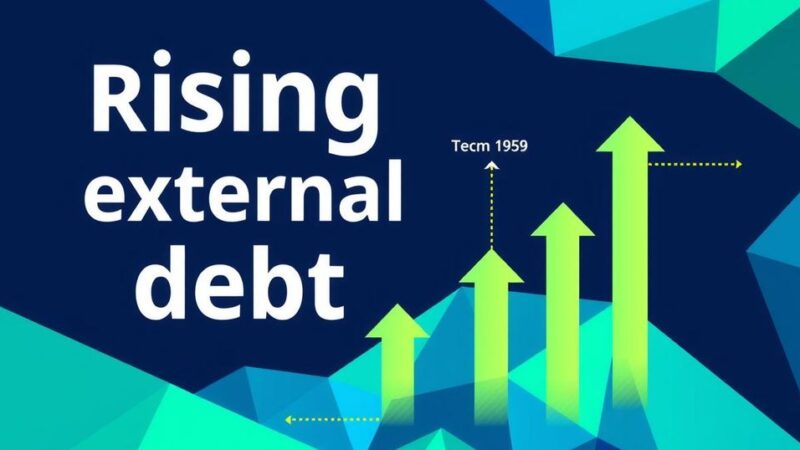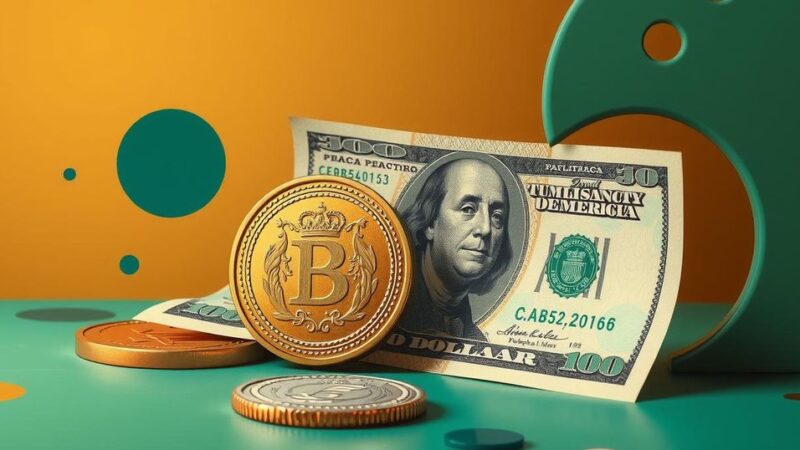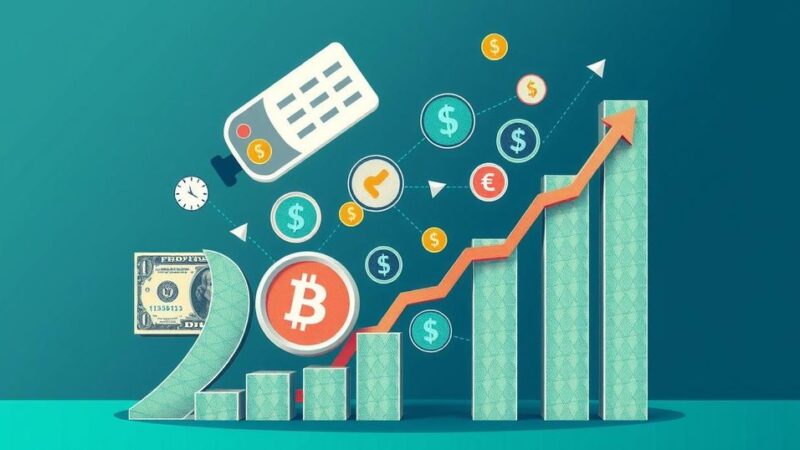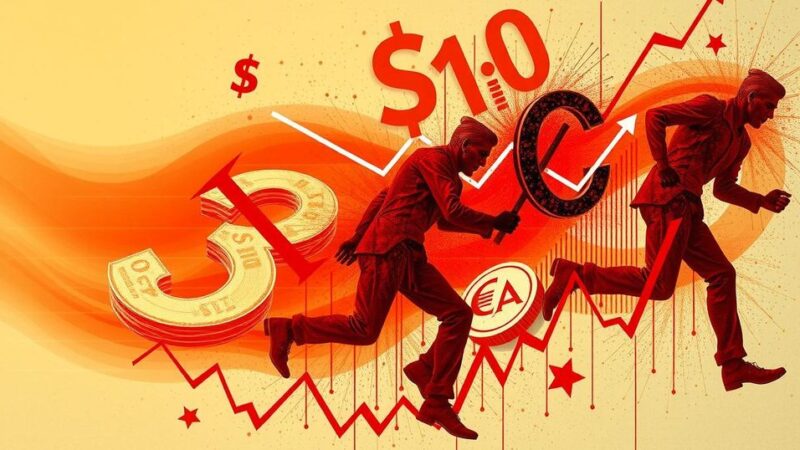Brazil’s government reaffirmed its 2025 GDP growth forecast at 2.3% while slightly raising inflation expectations to 4.9%. The central bank is expected to continue aggressive interest rate hikes. For 2026, growth is projected at 2.5%, with inflation anticipated to drop to 3.5%.
On Wednesday, Brazil’s government upheld its economic growth forecast at 2.3% for the current year. However, it slightly revised its inflation estimate upwards due to marginal adjustments in its baseline scenario. The finance ministry noted that growth in the country’s Gross Domestic Product (GDP) is expected to decelerate in the latter half of the year following an initial expansion in the first quarter.
Amid these developments, Brazil’s central bank is implementing a rigorous monetary tightening strategy to manage inflation, with widespread anticipation of a third consecutive 100-basis-point increase in interest rates to 14.25%. For the current year, the government adjusted its inflation forecast to 4.9%, an increase from 4.8% in February, attributing this to a potential slowing of food prices yet rising costs in industrial goods.
The finance ministry highlighted the influence of protectionist policies on inflation, particularly referencing U.S. President Donald Trump’s tariff measures. They warned that while these policies exert inflationary pressure, the potential adverse effects of heightened uncertainty on economic activity could temper this impact. Furthermore, initial projections for 2026 estimate GDP growth at 2.5% and a decline in inflation to 3.5%, with growth nearing 2.5% in subsequent years, aligning inflation closer to the central bank’s 3% target post-2027.
In conclusion, Brazil’s government has maintained its GDP growth forecast of 2.3% for this year while slightly increasing its inflation estimate to 4.9%. The anticipated decline in growth during the year’s second half coincides with the central bank’s aggressive rate hikes aimed at cooling inflation. The government projects modest growth for 2026 and a gradual reduction in inflation rates, indicating a cautious yet optimistic outlook for the economy.
Original Source: www.marketscreener.com






